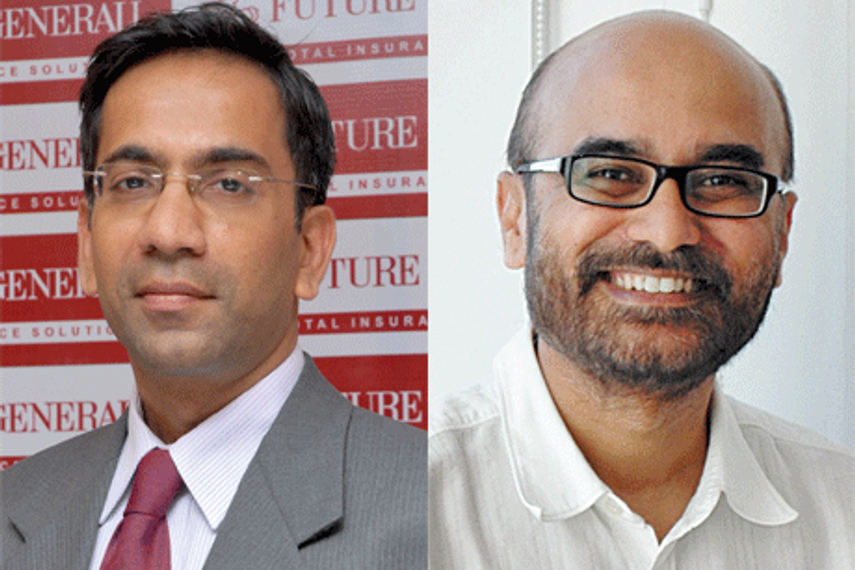
Please sign in or register
Existing users sign in here
Having trouble signing in?
Contact Customer Support at
[email protected]
or call+91 22 69489600
Head honchos in marketing and advertising explain the downside of having just one face for a brand and discuss the best ways to deal with it. In conversation with Shephali Bhatt.

Contact Customer Support at
[email protected]
or call+91 22 69489600
Top news, insights and analysis every weekday
Sign up for Campaign Bulletins
Regional food creators are India’s new culinary tastemakers, shaping what people crave and choose to eat.
Standout moments from a year when the internet’s patience wore thin, and its pitchforks stayed sharp
11 Indians are on the list, including 2 jury presidents
The Pinterest Predicts 2026 report shows Gen Z using the platform to trade viral chaos for slower, highly curated lives. This means that making pen pals, maximalist brooches, and outdoorsy, explorer-coded fashion is back in again.